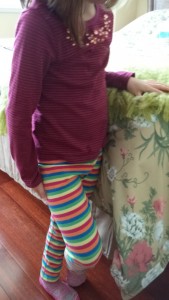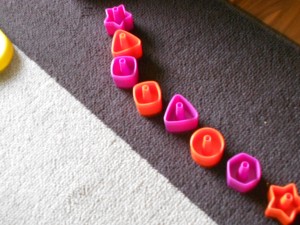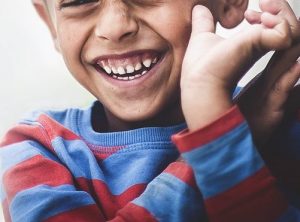Since they ask more than 300 questions a day, why do we need to help kids ask questions? Asking questions is the first part to figuring things out. In the words of Thomas Berger, “The art and science of asking questions is the source of all knowledge.” For kids to know, they need to question.
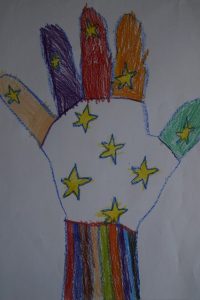
We might think kids ask questions just to drive parents and educators crazy. Recently, a mom posted the following conversation on FB between herself and her 3-year old son.
Son (pointing): Mom, what’s that?
Mom: What? Do you mean the lamp?
Son: Ya.
Mom: It’s a lamp.
Son: Why?
We can imagine a few replies to that. And several parents responded to this post with bizarre questions they’d been asked. They maybe weren’t as funny at the time, but later certainly hilarious to read.
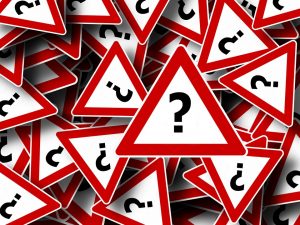
Asking questions isn’t a simple process. In any language, there’s the order of words, a change of voice, and specific words. Maybe kids ask why so much because it works for so many different questions. How, when, where, and what make quite a list to remember. Knowing which one to use is another challenge in early learning and development.
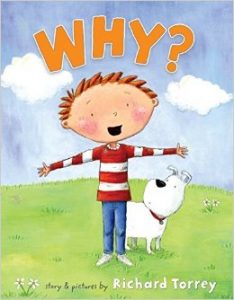
Kids need to hear us asking questions so they have a model to copy. Books and stories often have questions too, such as the fun book “Why?” by Richard Torrey. “Why do feet stink? Why do crackers have holes?” This book is full of great questions. Some of them you may have wondered about too. The book “Because” by the same author is just as much fun.
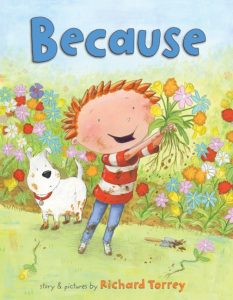
For kids to be able to ask questions they not only need to wonder, but they also have to trust somebody will answer. What sounds like a silly question might instead be, “Am I important enough to answer?” We could almost reply in a different language and the child would still feel satisfied because an answer to the unasked question means, “Yes, you are important enough.
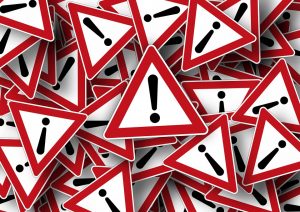
To answer 300 questions a day, let alone help kids ask questions takes resolve. That’s why this post is included in the series of New Year’s resolutions. Check previous and following posts for the rest of the letters of the alphabet. In the meantime, do you have any questions?

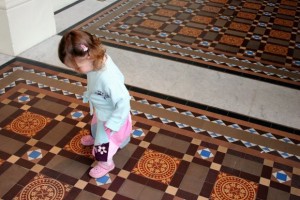
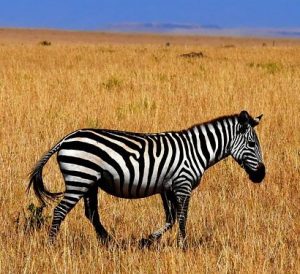
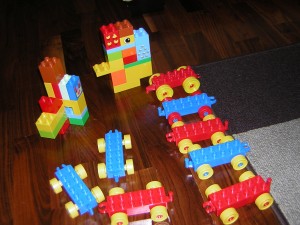 When a 3-year old was playing trains, I lined up a few cars in a simple pattern: red-blue, red-blue. I said each color and pointed to the cars. I spoke to the train cars and told them they were making a pattern, first red then blue, then red and blue again. Then I asked the child what color would come next and together we figured out a red one. The child was able to say blue would come after that but then playing changed to putting blocks on the cars.
When a 3-year old was playing trains, I lined up a few cars in a simple pattern: red-blue, red-blue. I said each color and pointed to the cars. I spoke to the train cars and told them they were making a pattern, first red then blue, then red and blue again. Then I asked the child what color would come next and together we figured out a red one. The child was able to say blue would come after that but then playing changed to putting blocks on the cars.